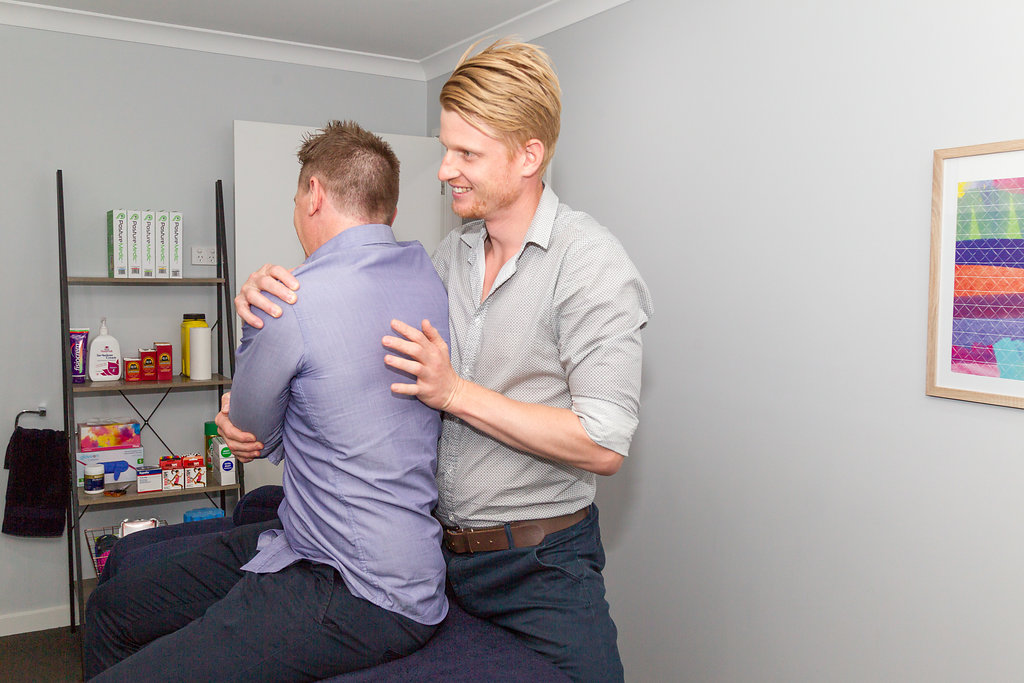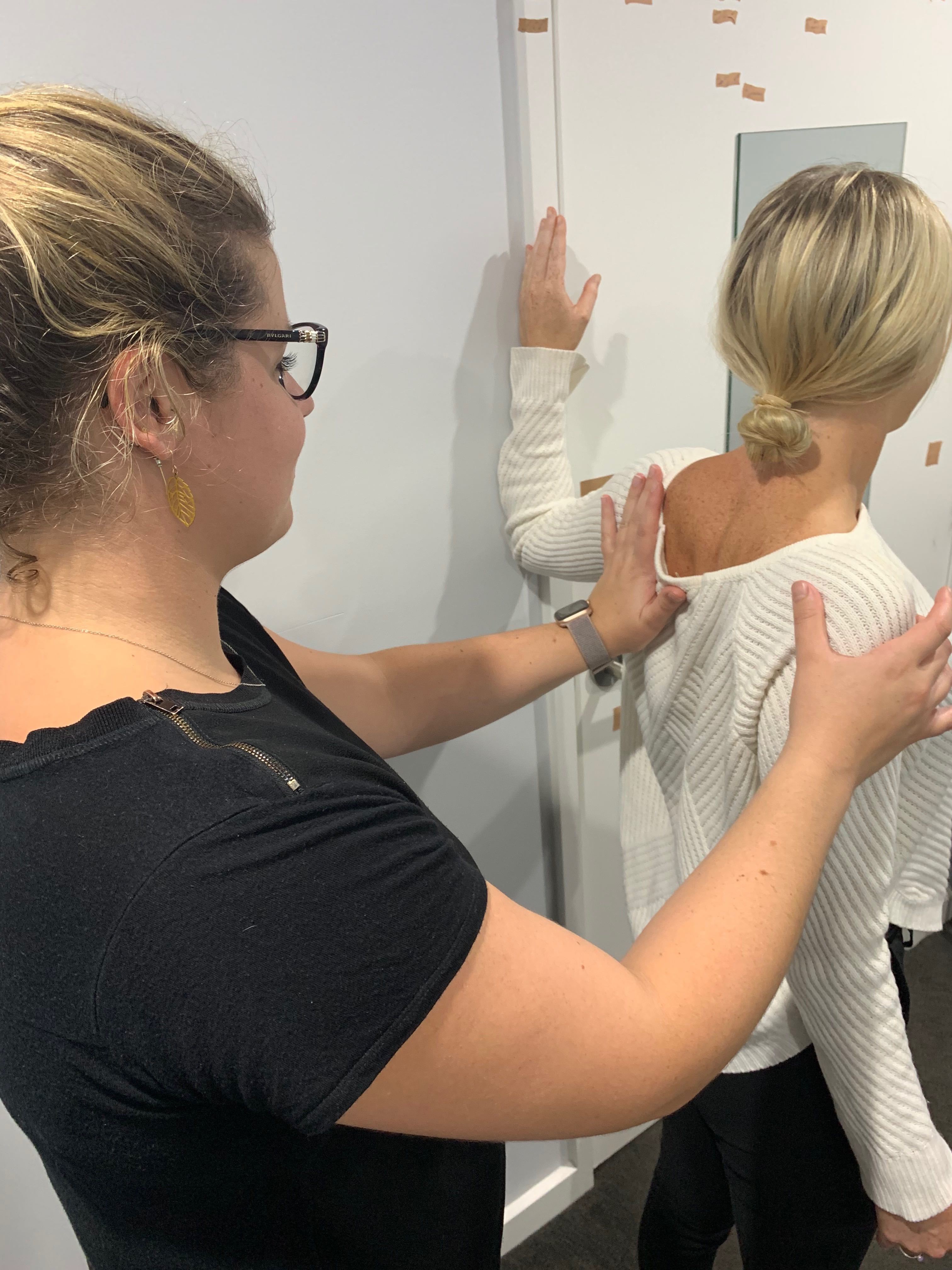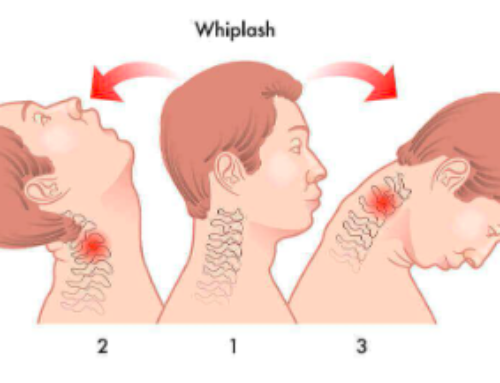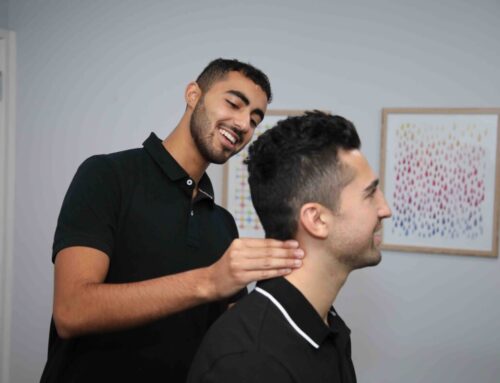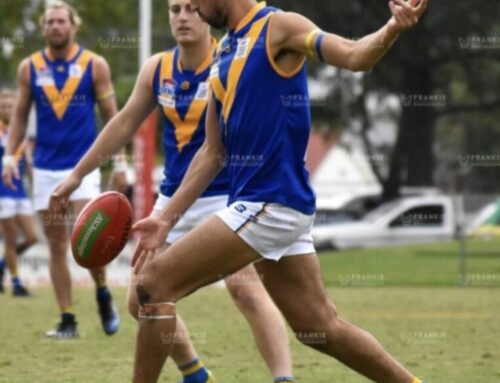Often when we experience upper back pain it is not actually an issue with our spine, but rather a problem with the joint where our rib connects to our spine. Read on to find out more about rib sprains…
What is it?
A rib sprain is one of the most common complaints that osteopaths treat, however it is not an injury that is well known (unless you’ve been unlucky enough to have experienced it first hand!). Each rib attaches to the spine as a joint and then curves around to attach to your breast bone, called the sternum, via another joint. The ligaments attaching the rib to your spine can be sprained similar to how you can sprain your ankle and this is what is referred to as a rib sprain.
They can be quite uncomfortable and you will often feel pain “behind your shoulder blade,” or in mid back slightly to one side. The pain can be constant or intermittent and can be exacerbated by activities such as:
- driving
- twisting your upper body
- reaching overhead or out in front with your arms
- carrying bags over one shoulder
- coughing
- sneezing
- deep breathing
In severe cases, pain can often radiate into the front of the chest where the ribs attach at the front of the rib cage.
What Causes It?
Rib sprains affect people from all walks of life – from office workers to labourers and athletes to breast-feeding mums. There are many causes of this condition including poor posture, constant reaching and mechanical trauma to name just a few. The common theme is that rib sprains usually occur with prolonged or repetitive movements.
Having poor posture and being in any one position for an extended period of time such as sitting at a desk, driving or sleeping can result in the shoulders rolling inwards and the spine flexing forwards. This increases the pressure on the joint where the ribs attach causing the ligaments to sprain once they reach a failure point.
Rib sprains can also occur from overloading the ribs quickly such as lifting or from sport, but in both cases often the joint has been predisposed to injury due to other biomechanical factors. These may include pelvic imbalances, tight lower back musculature creating a pivot point higher up, or previous shoulder injuries to name a few. In rare circumstances coughing, sneezing or bearing down to go to the toilet may be enough to cause a rib sprain.
What Treatment May Help?

The osteopaths at Pakenham Osteopathy will recommend a treatment approach that will help with your pain and decrease the chance of reoccurrence by focusing on biomechanical factors to reduce the load going through the rib joint. Hands on treatment is generally a combination of massage, gentle articulation, manipulation, dry needling, taping and movement modification to help manage your condition.
If you’ve found this article helpful please share it with your friends. If you have any questions about rib sprains, please email me directly at breanna@pakenhamosteopathy.com.au
